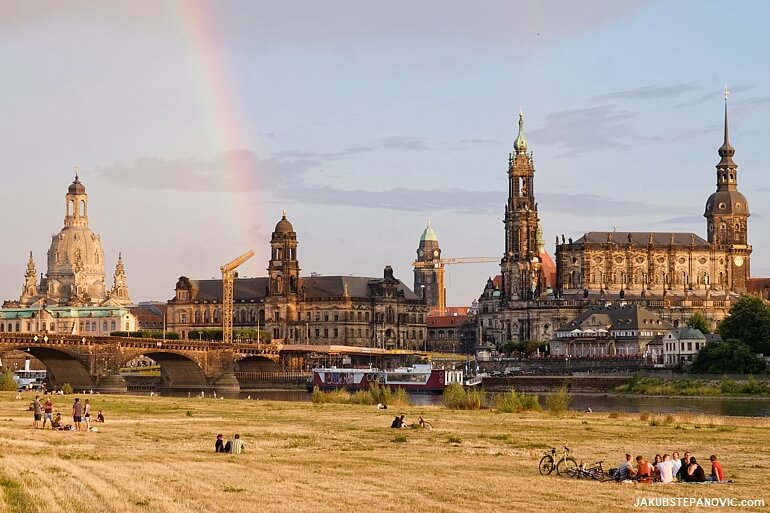
I lived in the capital city of German Saxony last weeks, and.. what a life it was! I had an opportunity to make art inside a city I hadn't been to before, which would be a win-win on its own. Still, since the people I met there were an absolute treat to interact with, and the city's outgoing culture was so vivid that many bigger cities could learn from it, all my expectations were surpassed.
Dresden is home to over a half million and is Germany's twelfth largest city. It is pretty flat:

Such a disposition is convenient for bike commuting, and the infrastructure reflects it with plenty of bike lanes. Locals make proper use of them; bikes all over the place were one of the first things I noticed when I arrived. Seeing how bike-friendly the city was super cool, and it ended up playing a crucial role in the artwork I made here. But let's see what else caught my eye in the city first.
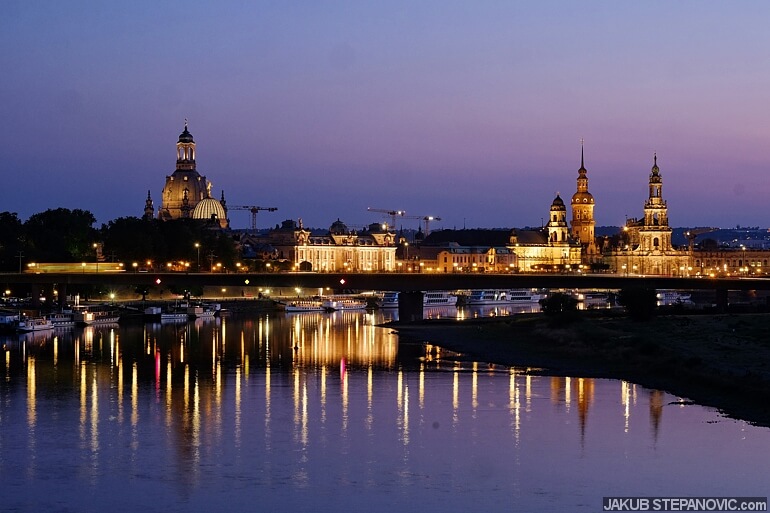
Perhaps the most memorable views of Dresden open from the river Elbe that flows through the city. Many of the prominent landmarks, notably a collection of baroque and rococo buildings, look terrific from around the shores. Mainly at night.
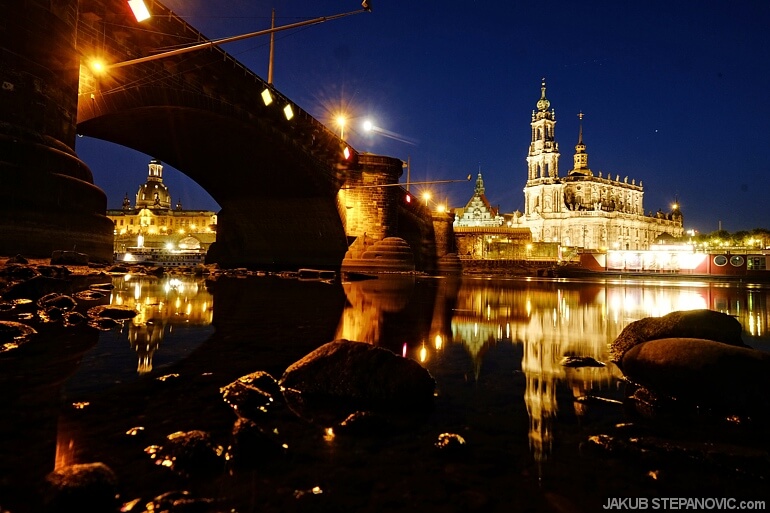
Augustus Bridge and the Dresden Cathedral of the Holy Trinity.
But venturing further away from the riverbanks offer picturesque compositions, too.
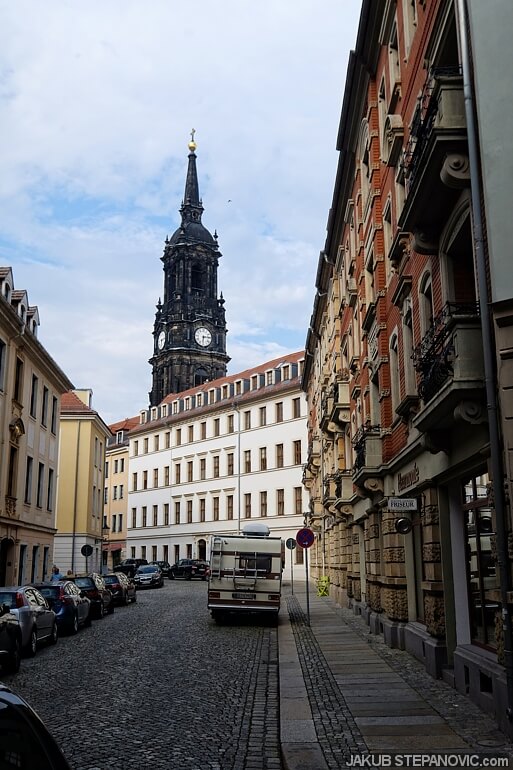
Dreikönigskirche
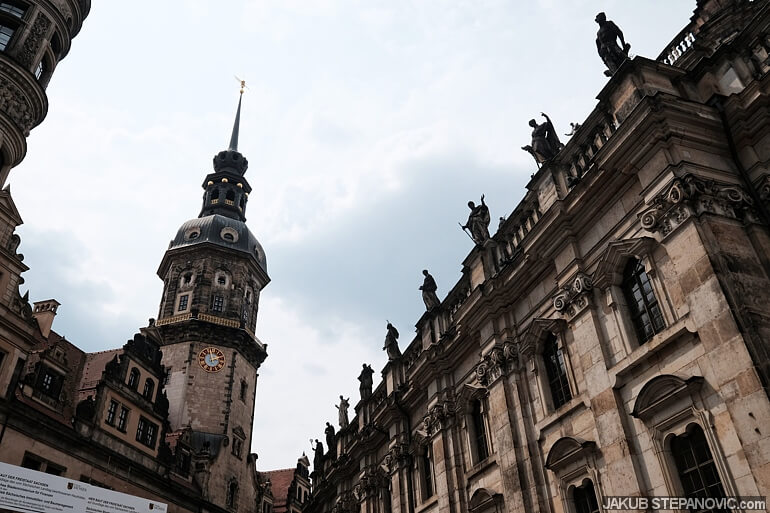
Hausmannsturm of the royal palace
Most of the what-would-otherwise-be the historic old town is full of recent buildings, which hints at the pure hell that happened here during WW2. Yet, besides the new developments, there aren't many reminders of the sad history. I found it impressive, as, in some other cities I visited, I saw plenty of wartime images displayed all over the place so that one couldn't escape the gloomy feel. Here, they either rebuilt the ruined structures or established business, academic, and cultural centres to spark new life into the area.
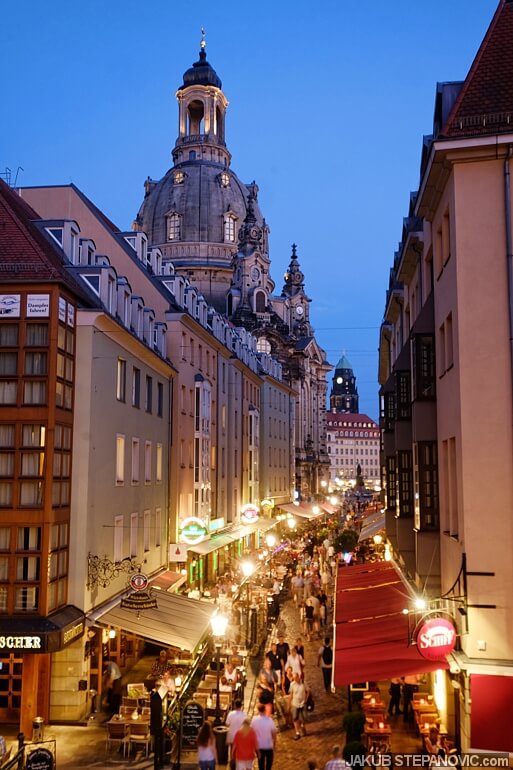
..And added plenty of high-capacity housing projects throughout the city.
My days consisted of some eight hours in a studio; then, I headed out to see the city. Being there in summer, I enjoyed the long days, and once the sun went towards the horizon, it revealed another benefit of the mentioned flatness: there were some spectacular sunsets:

Once the sunshine was gone, another essential aspect of the city emerged: its nightlife. The centre of it is the so-called Assi-Eck, which translates into something like "an asocial corner."
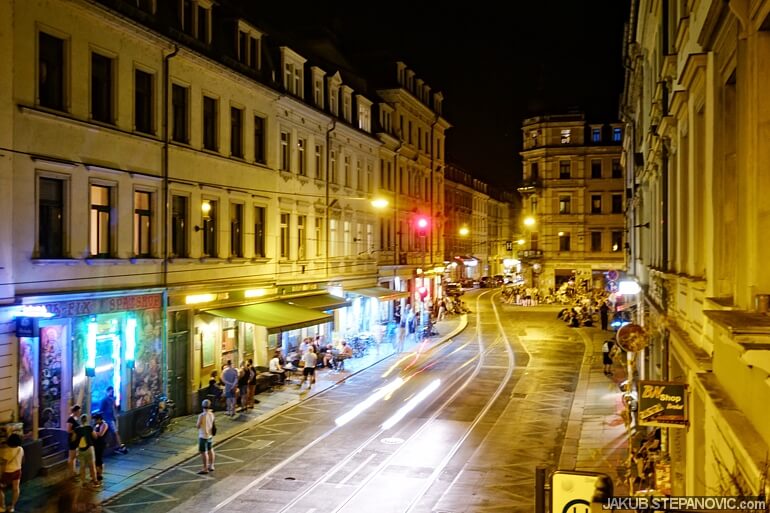
No matter if it was 10 pm or 3 am, Saturday or Wednesday, it was always full of people having good times. "Only if every city would be this asocial.." I thought.
Just a block away was another crowd magnet: the Schaubuden Festival:
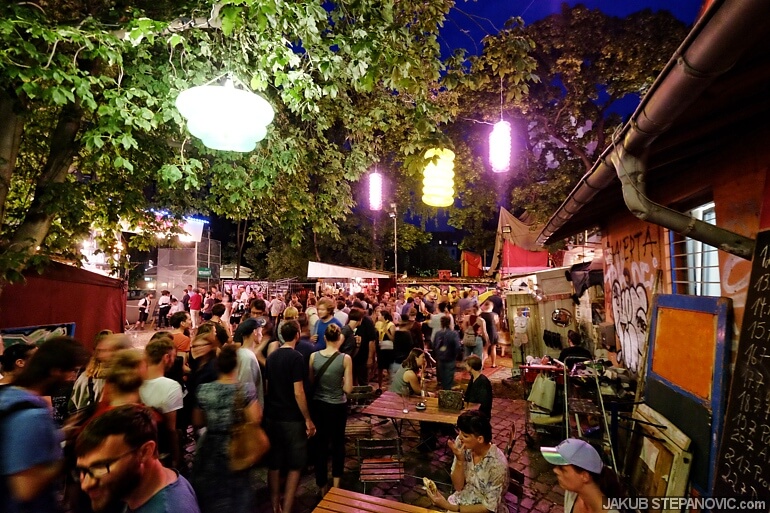
It hosted many theatre plays, comedies, and musical performances; cool! The next ongoing summer festival was called Palais Sommer, where they did workshops, poetry nights, and concerts happening every day, and all of it was accessible free of charge.
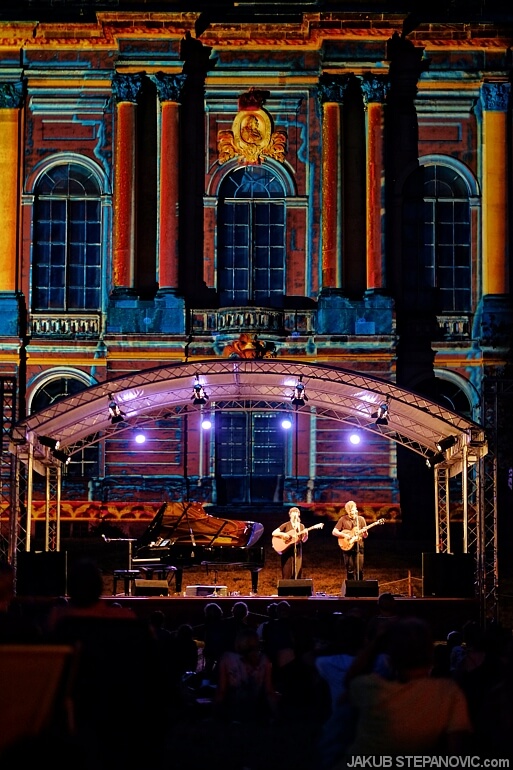
Kendy Gable and Claudio Donzelli perform during the Palais Sommer festival. The Japanisches Palais, in the background, was lighted by a mapped projection every night.
Less than a kilometre away from Japanisches Palais was another open-air stage for concerts or movie screenings. This one was with an admission fee, but not too far from the podium is the Carola Bridge, where locals often gathered to listen to the performances for free. Pictured below is when The Kelly Family played their gig, one could barely cross from one side of the bridge to the other.
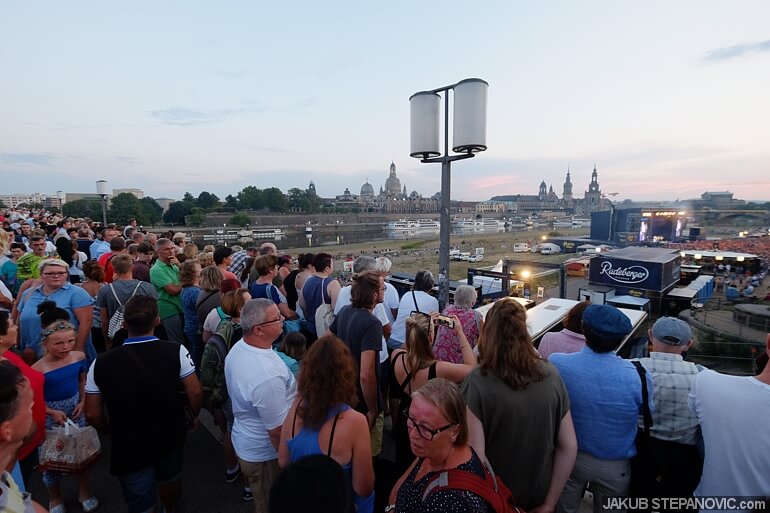
The music itself formed a significant portion of the city's thriving, vibrant culture.
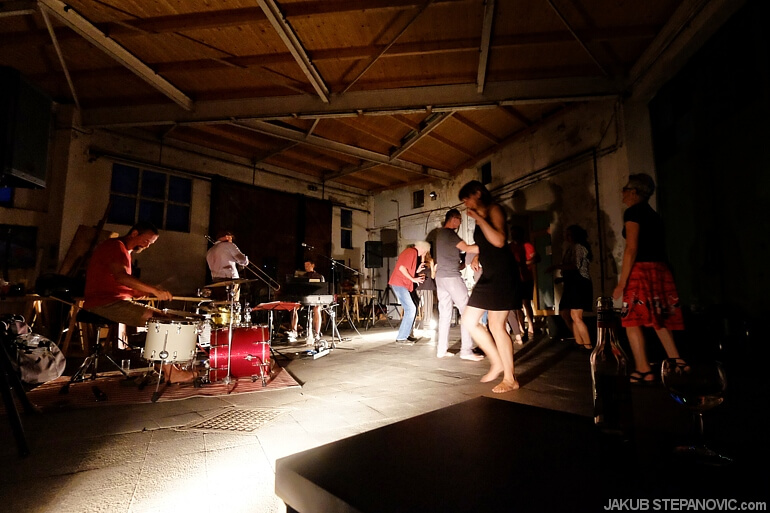
Besides the organized events, I saw many street musicians playing around, making the city a nicer place to walk through.
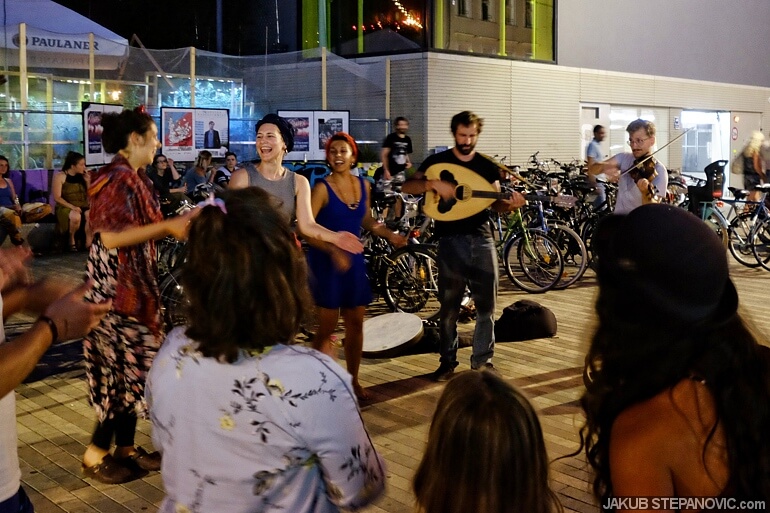
All was fun, but for me, the most memorable musical moment was getting a taste of the local electronic scene. Inside an old factory, massive rumbling vibrated anything that was not bolted in, and it was just so easy to get lost in these detuned rhythms. Before I knew, it was morning. So it happened that I also witnessed a few sunrises.
It is not only about the evenings and nighttime tho; people maintain the habit of staying out during the day, too. In every park, folks played frisbee, badminton, football.. or just had a picnic and socialised. I am a big fan of this attitude to the city's outdoor spaces.
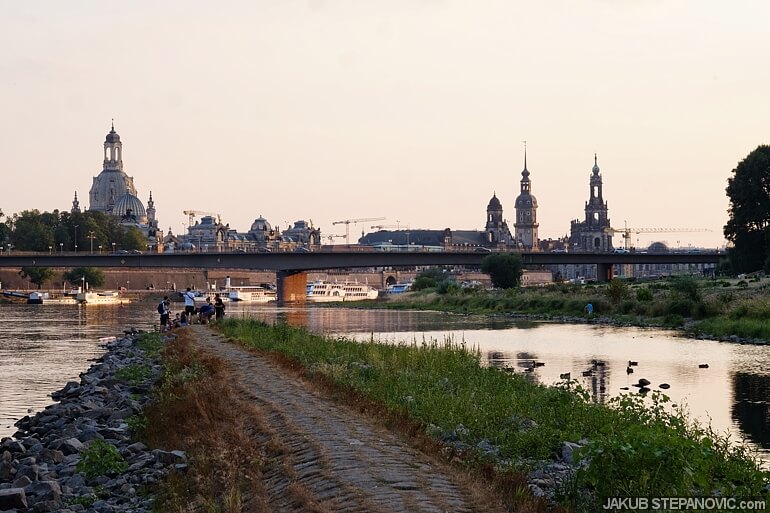
In between the parks, the city has a respectable amount of greenery, adding to the nice feel.

 Another likeable feature of the city is that once you are away from the river, there's a good number of fountains to decorate the place, freshen and cool down the air. It was welcomed; the temperatures were boiling. My watch rang with heat warnings every day, something that never happens in Scotland.. Anyway, fountains:
Another likeable feature of the city is that once you are away from the river, there's a good number of fountains to decorate the place, freshen and cool down the air. It was welcomed; the temperatures were boiling. My watch rang with heat warnings every day, something that never happens in Scotland.. Anyway, fountains:
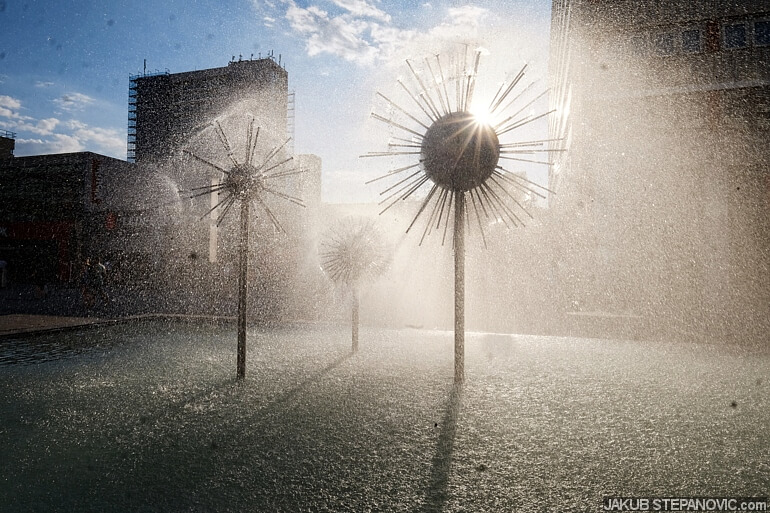
After seeing the downtown, I visited some industrial points of interest. Dresden is by no means an industrial city, but one can find unique and pretty structures.
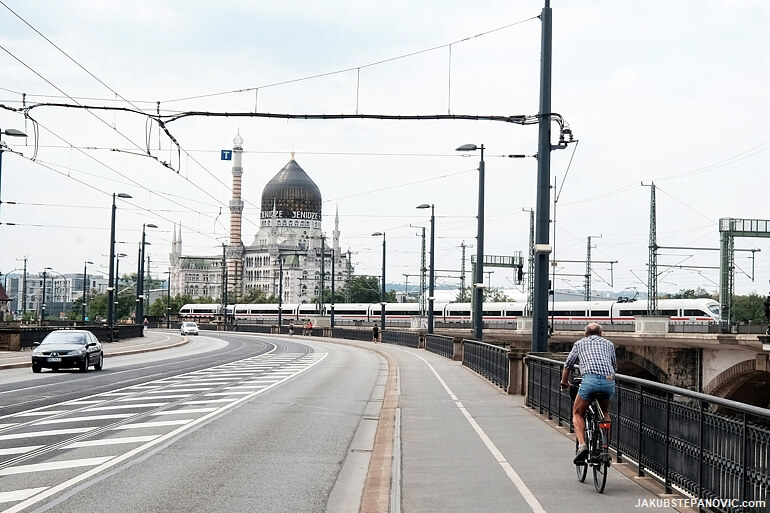
The most notable is Yenidze, a former cigarette factory built in 1909 in Moorish revival style. This was the first building from Dresden that I learned about, several years ago. It wasn't one of the fancy churches; it was this. So, seeing it in person was fab.
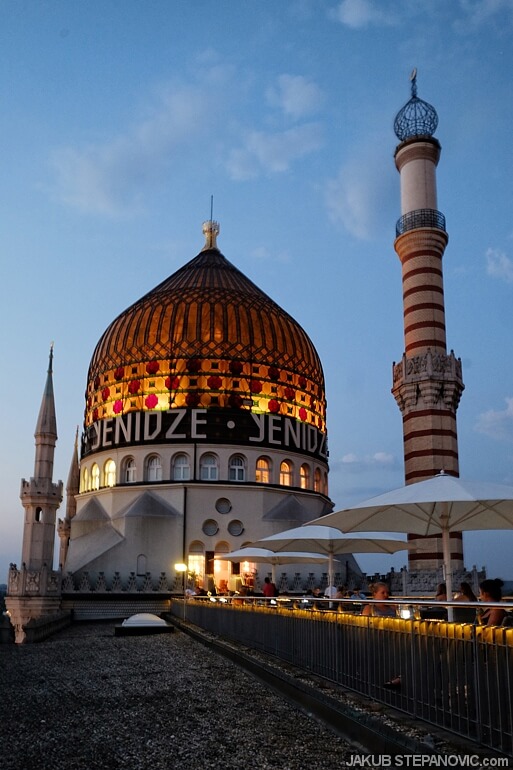
And there was more.
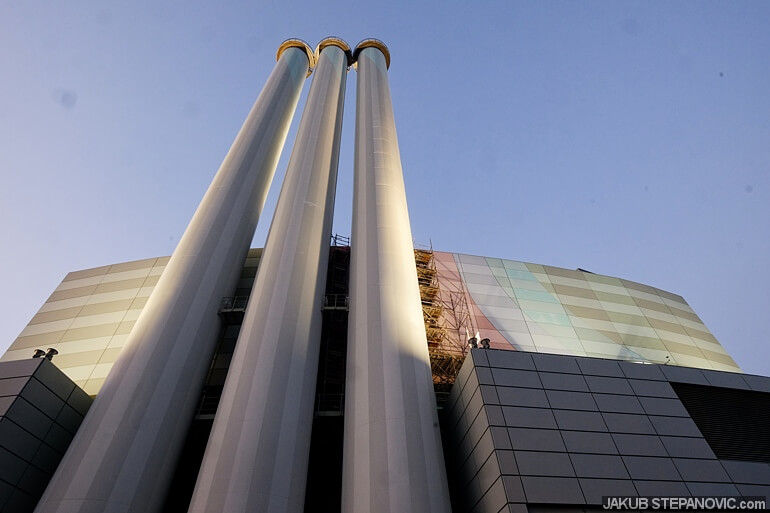
Cogeneration station Nossener Brücke from 1995
Navigating around, I passed some arches..
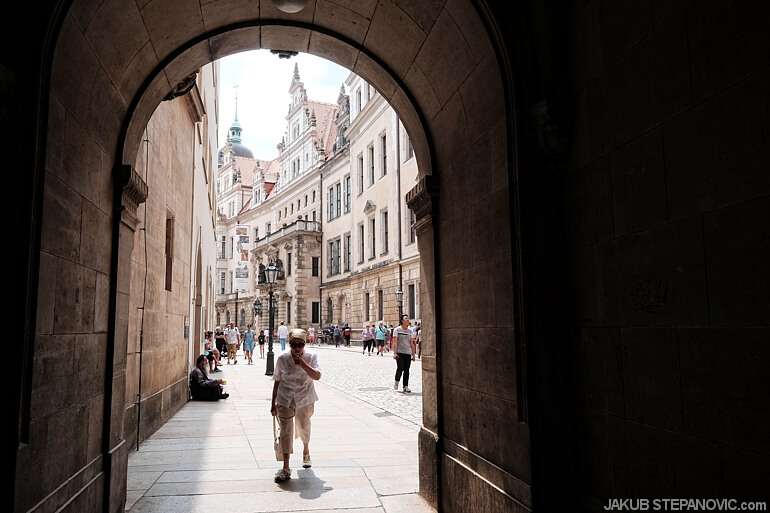
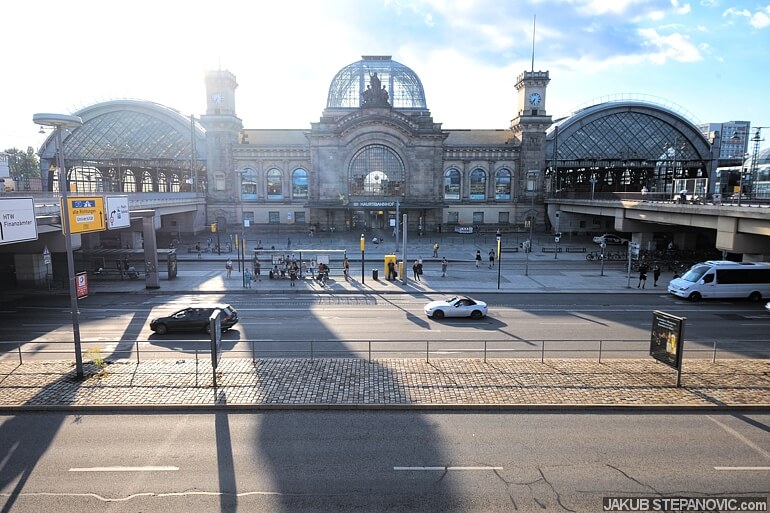
The main RR station from 1898. Since its renovation by Foster + Partners in early 2000, the trainsheds' roofs are roofed with Teflon-coated glass fibre membranes.
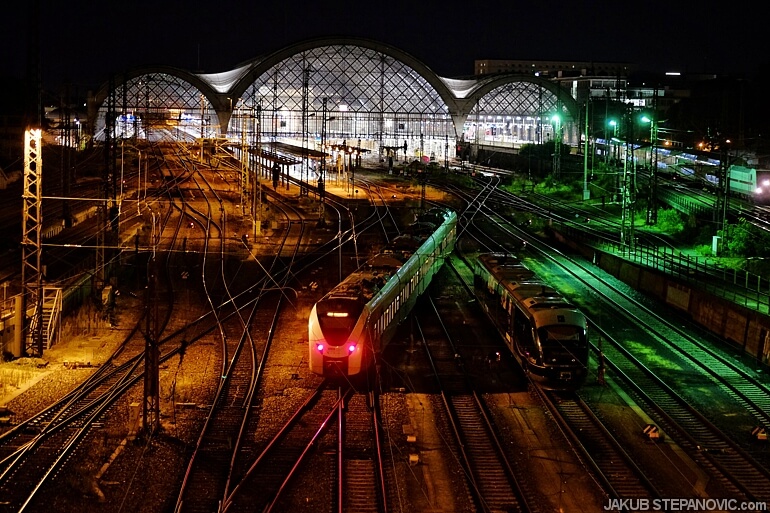
And stumbled on many other scenes that I found interesting:
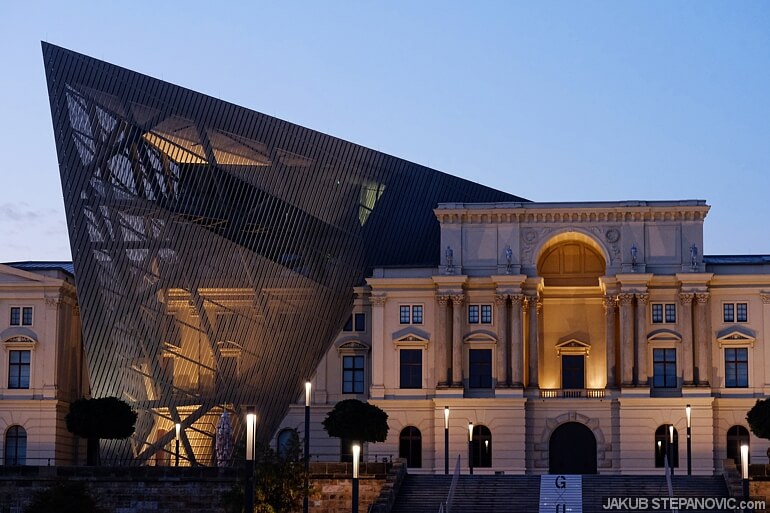
Bundeswehr Museum, renovated by Daniel Libeskind Studio.
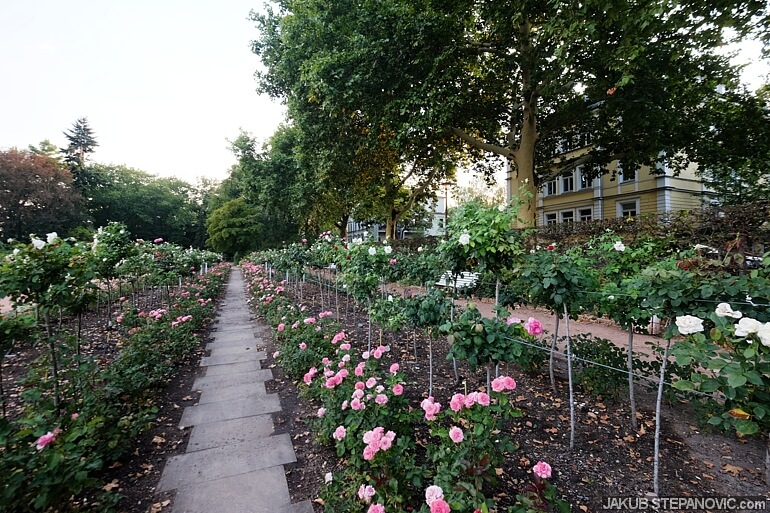
Rosengarten, a good-sized park from the 1930s.
-
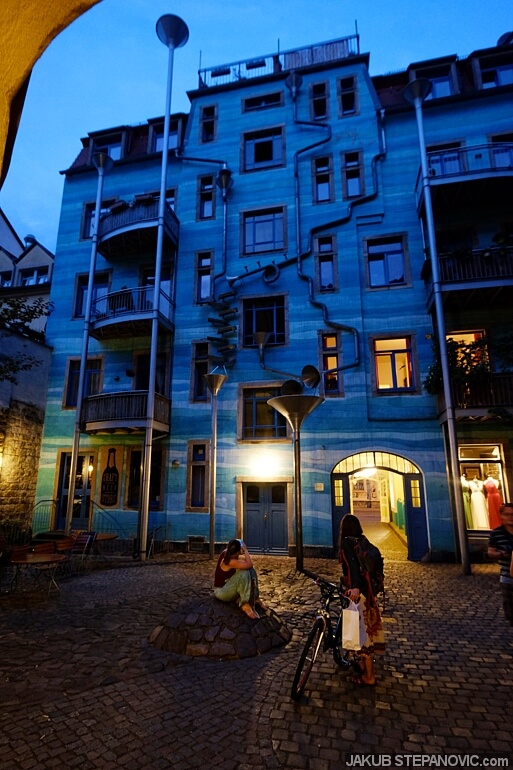
- “Yard of the elements” within the Kunsthofpassage. The crooked rain pipes make music during a downpour.
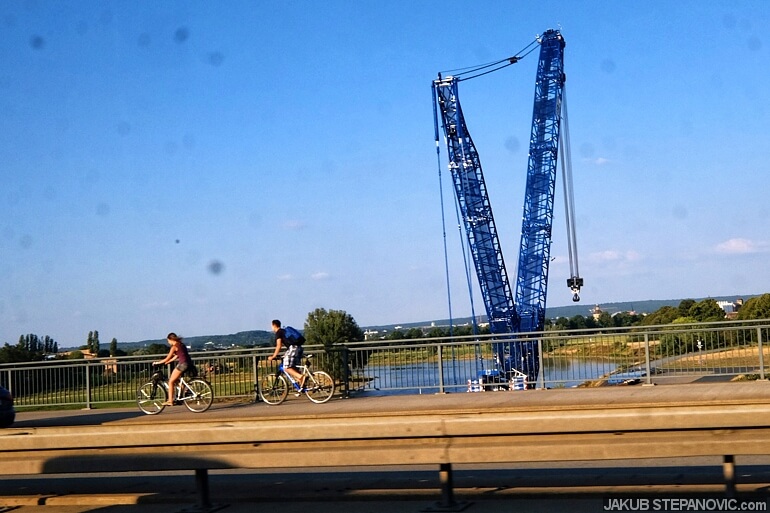
Dresden is definitely among the better cyclable cities I've seen.
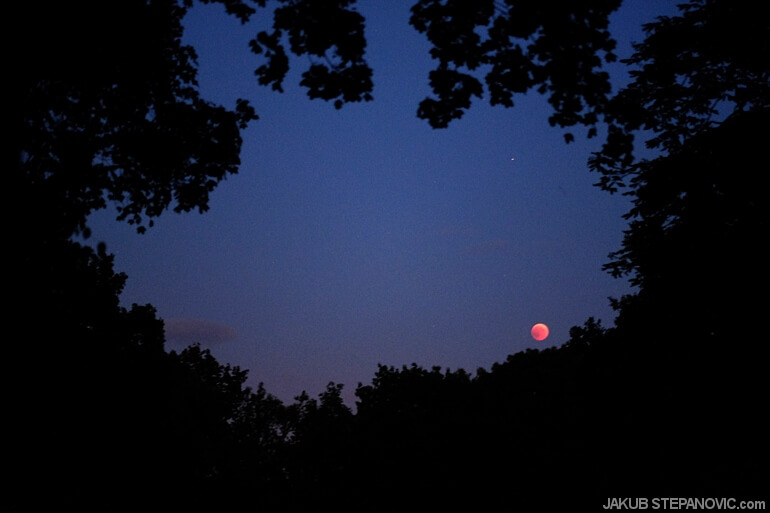
Total Lunar Eclipse on July 27, as seen from the Großer Garten, a 180ha public park. My handheld pic won't do it justice; it was pretty splendid.
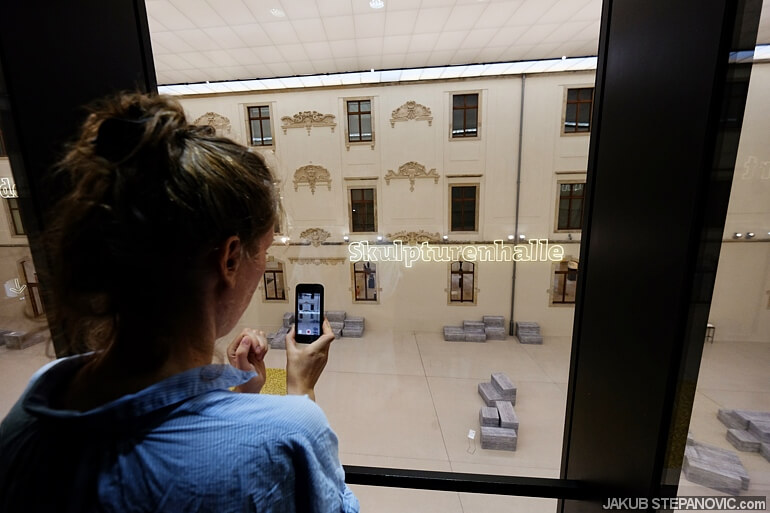
the exhibitions I saw here were nicely curated, and enjoyable.
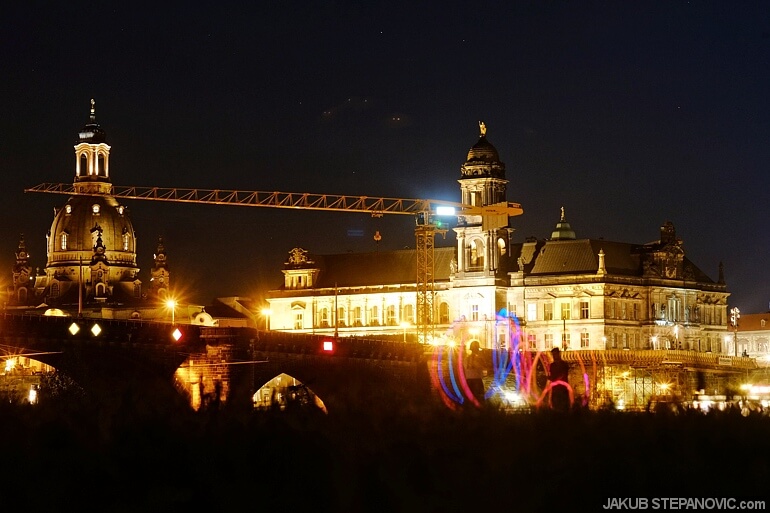
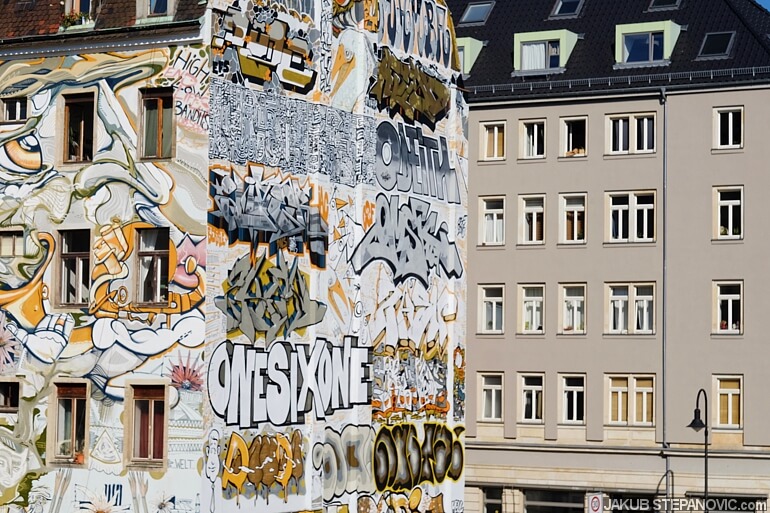
That's for the what-I-saw part. As for what I created... As I said, the local cycling scene was inspiring — I was amazed at how the bikes form an integral part of the city, so I decided to make the city out of bikes; particularly, out of locally sourced discarded bike tires.
The artwork is based on a tourist map of the city centre, which is then scaled up. The streets are made out of different tires with their width matching the streets' hierarchy, and the river that flows through is marked by an exposed blue puncture-protecting belt.
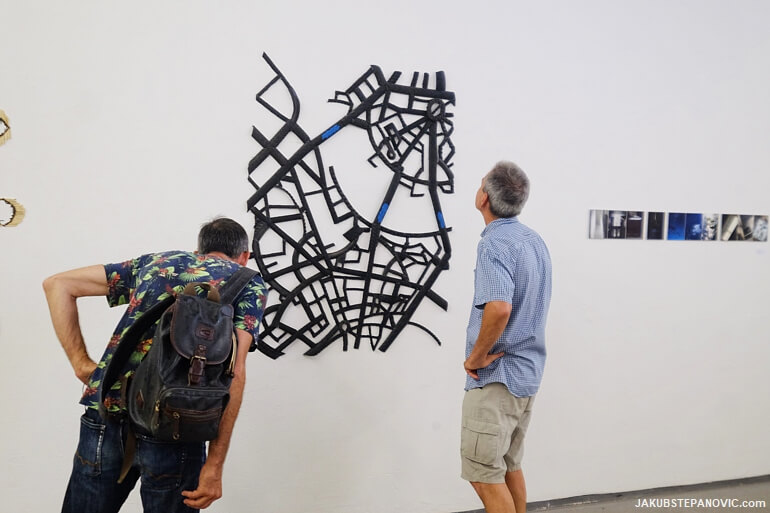
"Bikes Make Dresden" installation. Read more about it HERE.
But it wasn't all. I also ended up making another piece from spares:
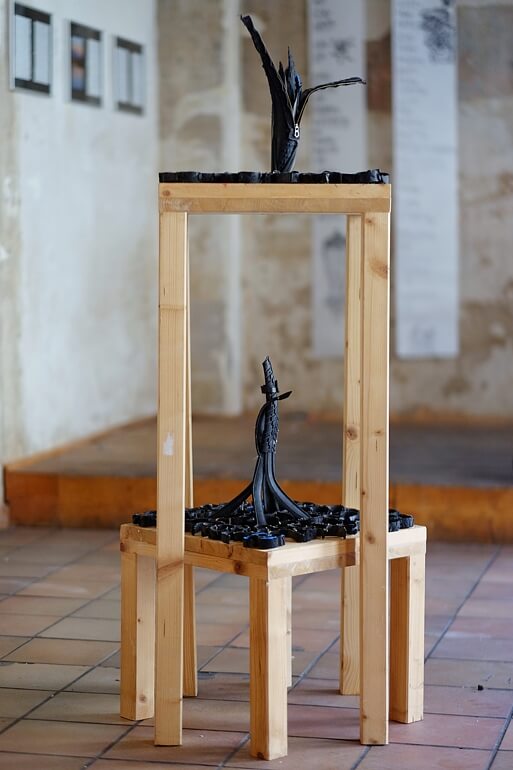
"Artificial Nature," a set of organic-looking sculptures and ornaments.
On the end note, I cherished the discussions I had with locals; whether it was about the positive highlights of the country or the issues it faces, like immigration, nationalism, and complicated history. Topics that often spark beefy debates across the planet these days; unfortunately, most of the time without arguments supporting more than one point of view. Here, however, having insight from people who deal with it first-hand was refreshing and eye-opening. The open-mindedness and friendliness of the people I encountered there were really moving. Last but not least, the food here was better and surprisingly cheaper than in the UK. Wonderful times, indeed.
If you liked this post, visit my blog archives for more stories. Thanks for reading!

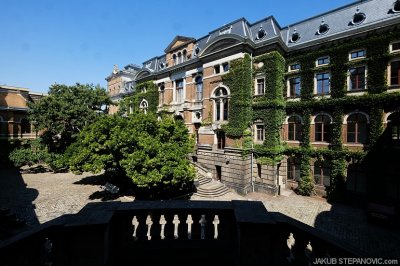
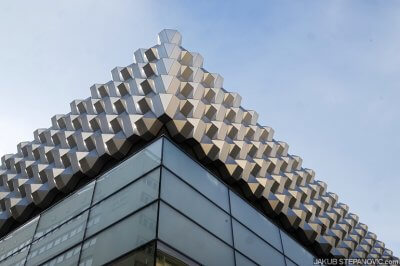

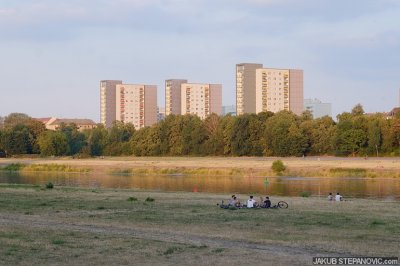
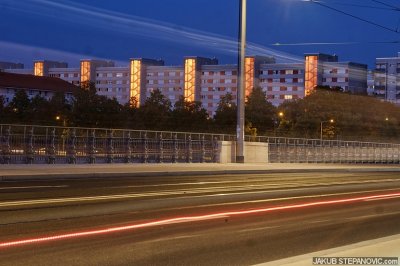
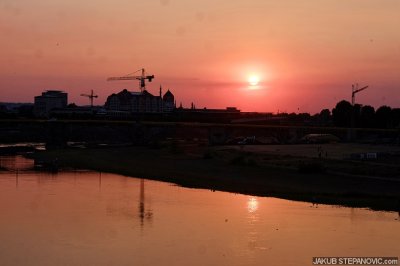
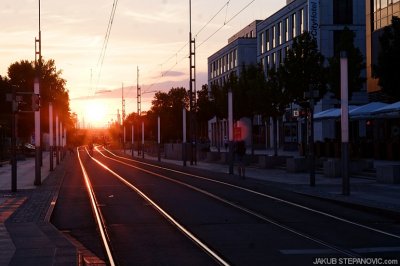
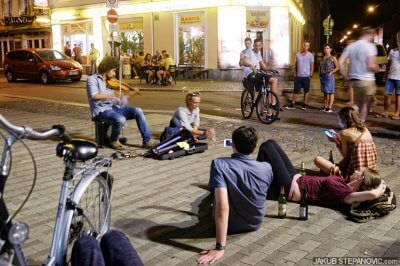
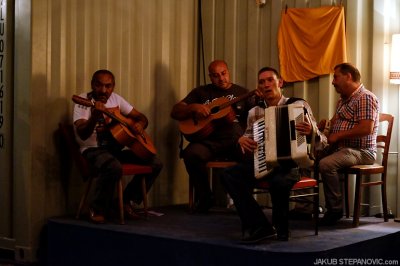

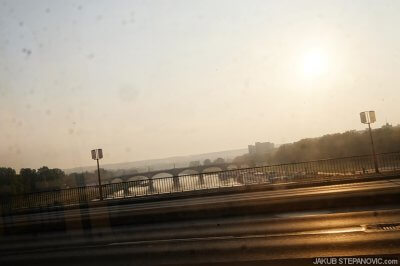

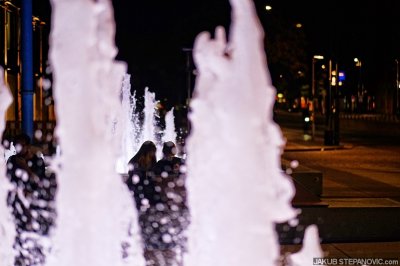

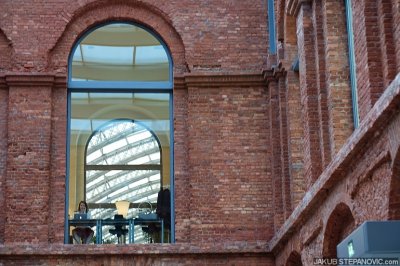

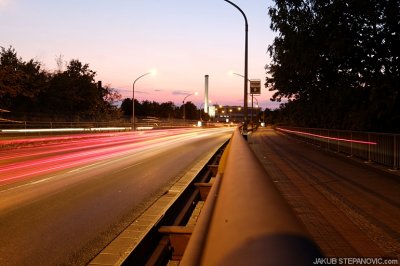
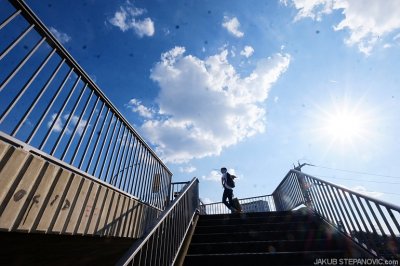

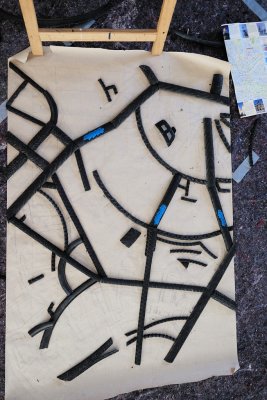
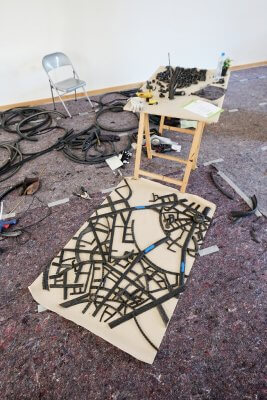
Comments are closed.